Zona de Acampe Familiar Gangdong Green Way (강동그린웨이 가족캠핑장)
14.9Km 2025-06-10
Cheonho-daero 206-gil 87, Gangdong-gu, Seúl.
Situada dentro del Parque Natural del Monte Iljasan, en la Zona de Acampe Familiar en Gangdong Green Way se puede hacer acampada al aire libre y disfrutar de deliciosas parilladas sintiendo el frescor de la naturaleza. Alberga 48 plazas para tiendas de 4 personas y 8 espacios para autoacampe, y el alquiler de tienda y sábanas es gratis. Hay duchas, cocina, tienda de conveniencia, patio multiuso, senderos del monte Iljasan, servicios y áreas verdes de descanso. Otros lugares recomendados para visitar son el Parque de la Astrología y Hierbas y el Parque Ecológico de Gil-dong.
Garden 5 Life (가든파이브라이프)
14.9Km 2024-02-01
Chungmin-ro 66, Songpa-gu, Seúl
The Hyooshik Aank Hotel Guri (더휴식 아늑호텔 구리점)
14.9Km 2025-04-21
81-7, Angol-ro, Guri-si, Gyeonggi-do
Zona de Acampe de la Aldea Jeonwonilgi (전원일기마을캠핑장)
15.0Km 2025-06-10
Iryeong-ro 327-beongil 227-15, Jangheung-myeon, Yangju-si, Gyeonggi-do
Parque Natural del Monte Iljasan (일자산자연공원)
15.1Km 2021-04-23
Dongnam-ro 660, Gangdong-gu, Seúl.
El monte Iljasan es el más alto del distrito de Gangdong-gu, en Seúl. Funciona como límite con la ciudad de Hanam, en Gyeonggi-do. Se trata de uno de los mejores lugares de la ciudad para admirar el amanecer. En esta montaña se encuentra la antigua residencia el maestro Lee Jip (cuyo seudónimo era Dunchon), quien fue un célebre funcionario del rey Gongmin durante la etapa final de la dinastía Goryeo. Este erudito fue forzado a esconderse en un túnel subterráneo para evitar ser apresado por Shin Don, que era un personaje muy influyente en su tiempo. En su honor, el barrio cercano se llama Dunchon-dong.
Dasi Book Shop (다시서점)
15.1Km 2025-08-08
Gonghang-daero 8-gil 77-24, Gangseo-gu, Seúl
Parque Ecológico de Humedales de Gangseo (강서습지생태공원)
15.2Km 2021-02-04
Yangcheon-ro 27-gil 279-23, Gangseo-gu, Seúl
El Parque Ecológico de Humedales Gangseo está localizado en la zona sur del río Hangang, entre los puentes Bangwha y Hangju. Establecido en julio de 2007, el parque consta de humedales, lagos de agua dulce y varias plantas acuáticas. Los eco-senderos serpentean a través de las áreas llenas de juncos y sauces, y llega hasta más allá del observatorio de las aves migratorias. En el parque, los visitantes pueden ver y aprender sobre la migración de las aves durante el verano y el invierno, o unirse a los programas eco-educativos que se organizan.
Tumba Real Donggureung en Guri (구리 동구릉) [Patrimonio Cultural de la Humanidad de la Unesco]
15.3Km 2023-02-20
Donggureung-ro 197, Guri-si, Gyeonggi-do.
Donggureung se ubica en un área de vastos bosques y es el lugar donde descansan los cuerpos de los reyes de Joseon. Existen nueve mausoleos y diecisiete tumbas en total. El cementerio es grande en comparación con otros cementerios de Corea, y debido al extenso bosque de los alrededores, el paisaje es hermoso. Entre los nueve mausoleos se incluyen el del fundador de Joseon, el rey Taejo (quien reinó de 1335 a 1408), con el nombre de tumba Geonwonneung. Los mausoleos están rodeados de densos bosques y entre las tumbas hay senderos ideales para largas caminatas de ocio. Una de las partes especialmente famosas de Donggureung es el área donde crecen los juncos de eulalias púrpuras que tienen un gran significado histórico. Se dice que los altos juncos han sido transplantados desde la tierra natal del rey Taejo y por lo tanto llevan consigo los 600 años de la historia de Joseon.
Parque Ecológico del Monte Gwanaksan (관악산 생태공원)
15.3Km 2021-02-02
Seoksu-dong, Gwanak-gu, Seúl
+82-2-879-6561
Abierto en diciembre de 2007, el Parque Ecológico del Monte Gwanaksan está dividido en dos secciones: el bosque ecológico y el estanque ecológico. También hay un arboreto que proporciona un espacio para experimentar un ambiente natural y relajante.
Parque Histórico de la Fortaleza de Haengjusanseong (행주산성 역사공원)
15.4Km 2025-11-04
Haengjuoe-dong 140-8, Deogyang-gu, Goyang-si, Gyeonggi-do
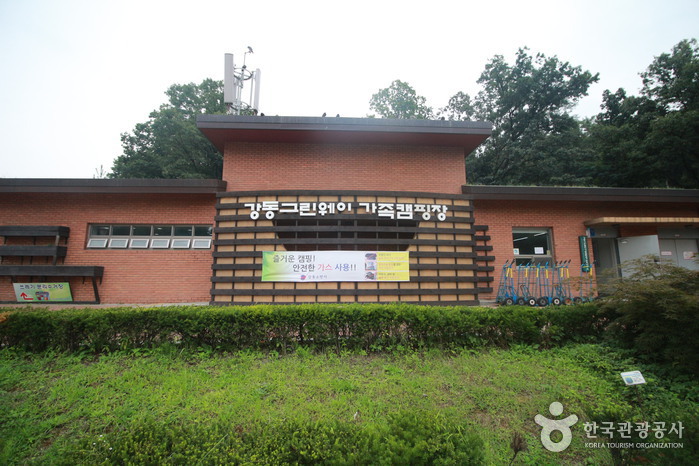
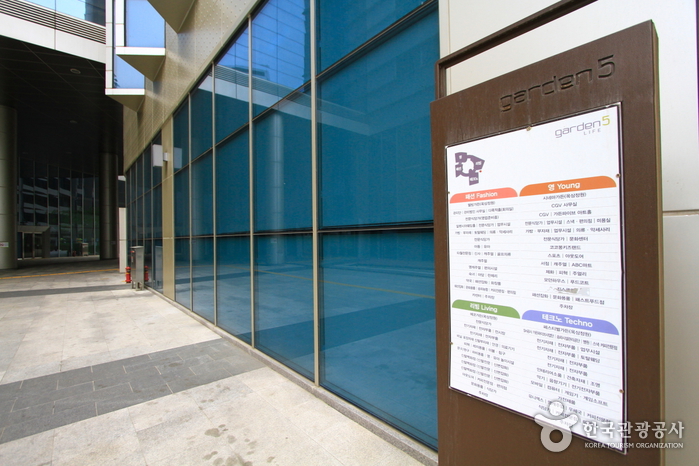
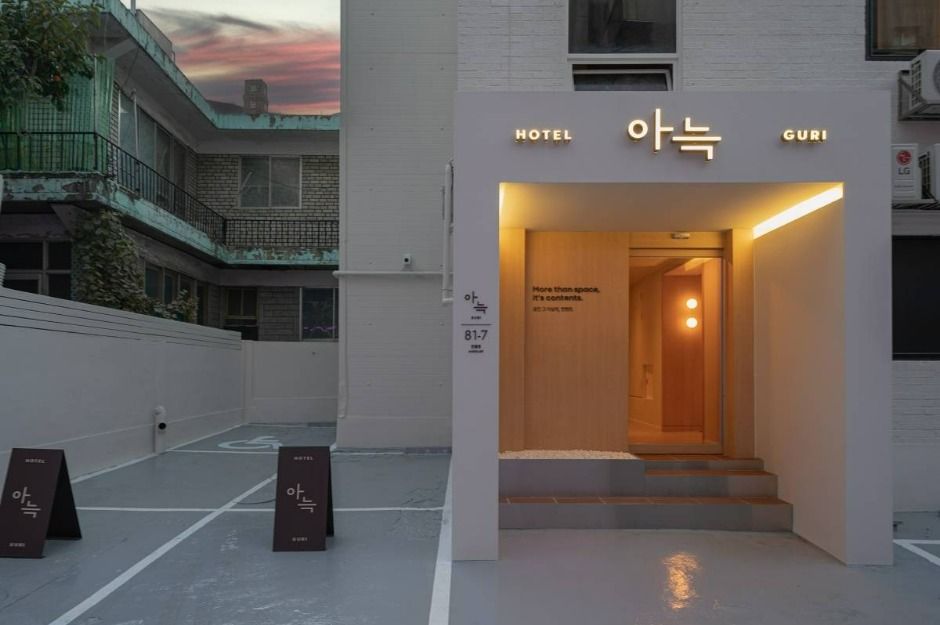
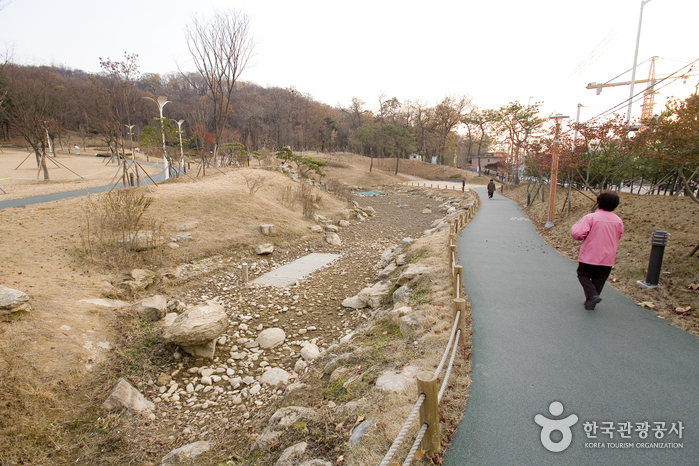
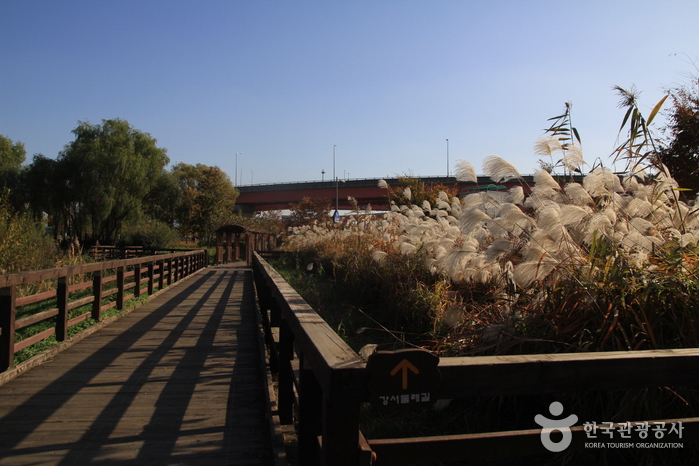

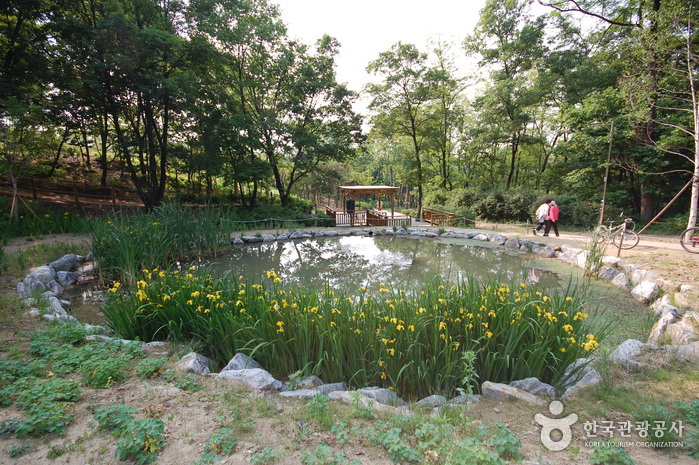
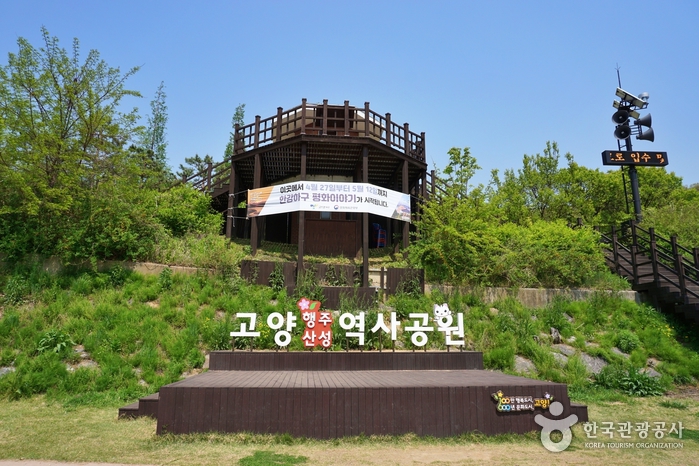
 Español
Español
 한국어
한국어 English
English 日本語
日本語 中文(简体)
中文(简体) Deutsch
Deutsch Français
Français Русский
Русский